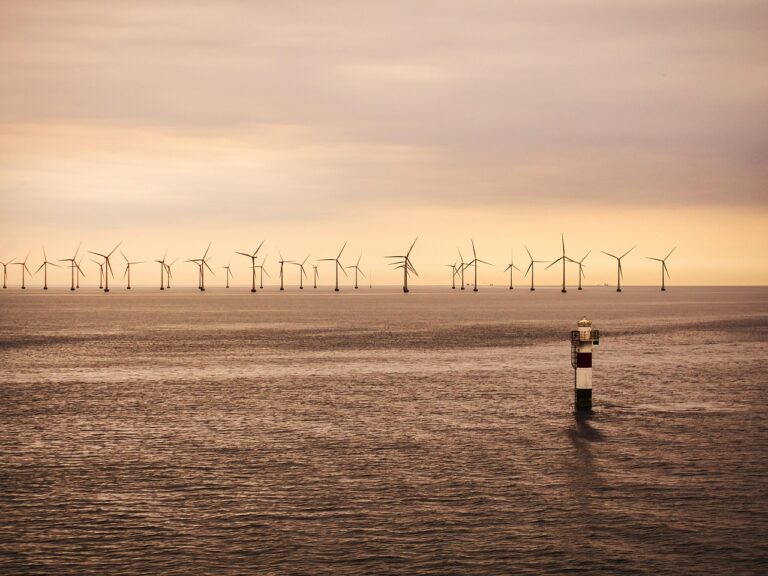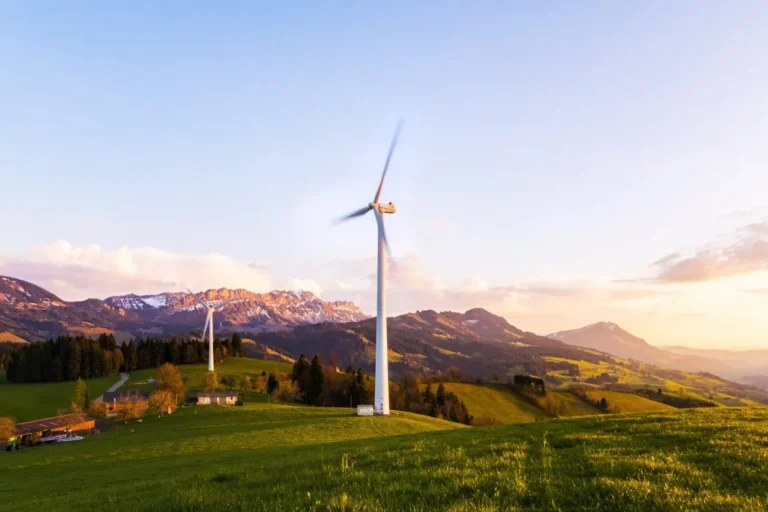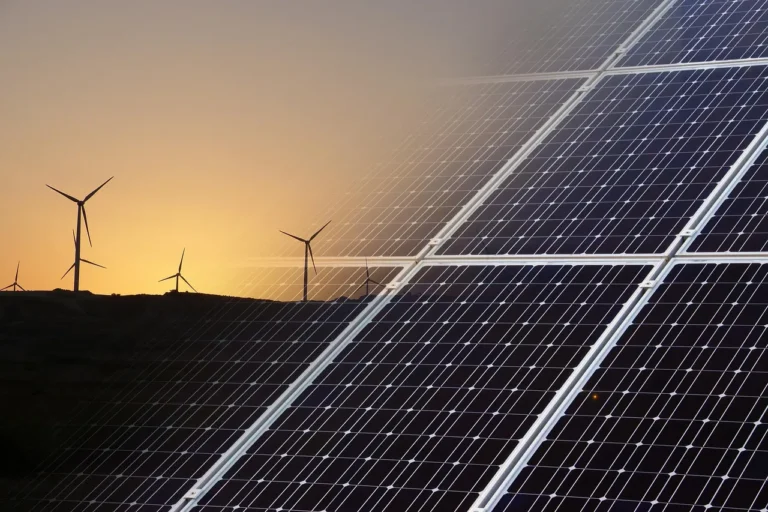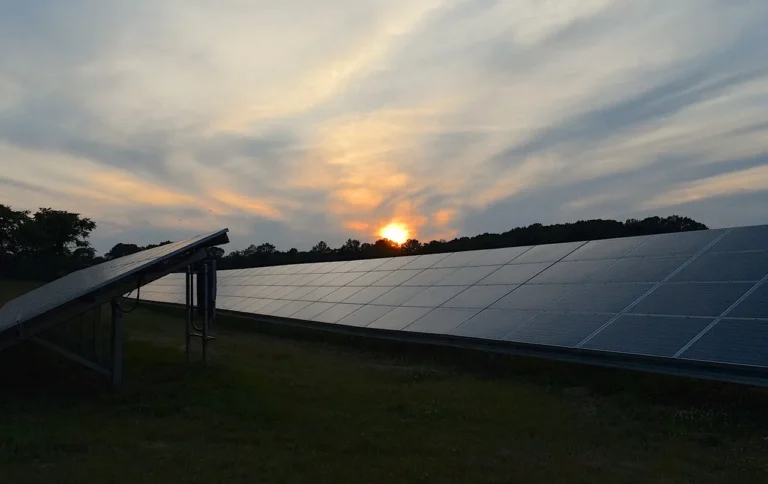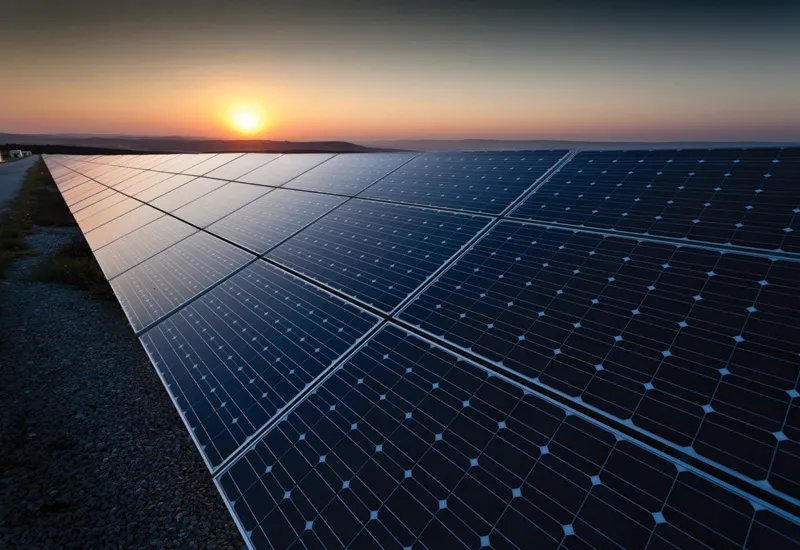
Iberdrola Italia Expands Renewable Energy Portfolio with Inauguration of New Photovoltaic Plant in Tarquinia
Iberdrola Italia, the Italian division of the global energy leader Iberdrola, has officially inaugurated a significant new addition to its renewable energy infrastructure — a large-scale photovoltaic plant in Tarquinia, located in the province of Viterbo, within the Lazio region of central Italy. This development marks the company’s third photovoltaic (PV) facility in the country, reflecting Iberdrola’s growing investment and deepening commitment to sustainable energy production in Italy.
The new solar facility represents a critical milestone in Iberdrola’s broader strategy to foster a cleaner, greener, and more electrified future for Italian industry and society. With this project, Iberdrola continues to reinforce its standing as one of the world’s foremost promoters of renewable energy, aligning its operations with the European Union’s ambitious climate and energy goals, including the transition toward net-zero carbon emissions by 2050.
A Boost to Renewable Energy Generation
The Tarquinia plant boasts a total installed capacity of 33 megawatts (MW), a considerable addition to the region’s renewable energy portfolio. It is expected to generate approximately 50 gigawatt-hours (GWh) of solar energy annually. This level of clean energy production is sufficient to power the equivalent of 18,000 households, making a substantial contribution to the region’s energy needs while reducing dependence on fossil fuels.
The plant comprises about 50,000 high-efficiency photovoltaic panels, which have been strategically positioned to optimize solar exposure and maximize power output. Each panel plays a role in harnessing the abundant solar radiation characteristic of the Mediterranean climate in central Italy.
By utilizing state-of-the-art solar technology and infrastructure, the project ensures not only high energy yield but also operational reliability and longevity. The power generated will be fed into the national grid, helping to stabilize supply while reducing Italy’s carbon footprint.
Environmental and Climate Impact
Beyond its impressive energy output, the Tarquinia plant also delivers significant environmental benefits. One of the most crucial impacts is the reduction of greenhouse gas emissions. According to company estimates, the facility will prevent more than 15,000 tonnes of carbon dioxide (CO₂) emissions from entering the atmosphere each year. This figure underscores the essential role that renewable energy sources like solar play in the fight against climate change.
The plant’s emissions savings are comparable to removing more than 3,200 cars from the road each year or planting nearly 700,000 trees. Such reductions are not merely symbolic; they represent tangible progress toward achieving Italy’s and the European Union’s sustainability targets under the Paris Agreement and the European Green Deal.
Moreover, the project aligns with the United Nations Sustainable Development Goals (SDGs), particularly Goal 7 (Affordable and Clean Energy), Goal 13 (Climate Action), and Goal 15 (Life on Land).
Promoting Biodiversity and Environmental Integration
In addition to its technical and environmental achievements, the new Tarquinia facility stands out for its strong focus on biodiversity and ecological integration. Recognizing that large-scale energy projects can have an impact on local ecosystems, Iberdrola has made it a priority to design and construct this plant with minimal disruption to the surrounding landscape and natural habitats.
As part of this initiative, the company has integrated the development of an agricultural component into the solar farm — the planting of a 1,350-tree olive grove within the site. This agrovoltaic approach combines agriculture and solar energy production, exemplifying how clean energy projects can coexist harmoniously with traditional land uses.
The olive trees will not only contribute to local biodiversity but also offer a source of supplementary income to the surrounding communities. The production of olives and potentially olive oil will help support local agricultural enterprises and encourage sustainable land stewardship. This dual-use strategy maximizes the value of the land while promoting environmental resilience and socioeconomic development.
Furthermore, Iberdrola has implemented a series of environmental monitoring and mitigation measures to ensure that local flora and fauna are protected throughout the lifecycle of the project. These actions are consistent with the company’s global commitment to nature conservation and ecological restoration.
Supporting Italy’s Energy Transition and Industrial Electrification
The inauguration of the Tarquinia solar plant arrives at a time when Italy is actively seeking to transform its energy sector in response to climate imperatives, geopolitical pressures, and evolving market dynamics. As part of its National Energy and Climate Plan (NECP), Italy aims to dramatically increase its share of renewable energy in electricity production, reduce greenhouse gas emissions, and improve energy efficiency across all sectors of the economy.
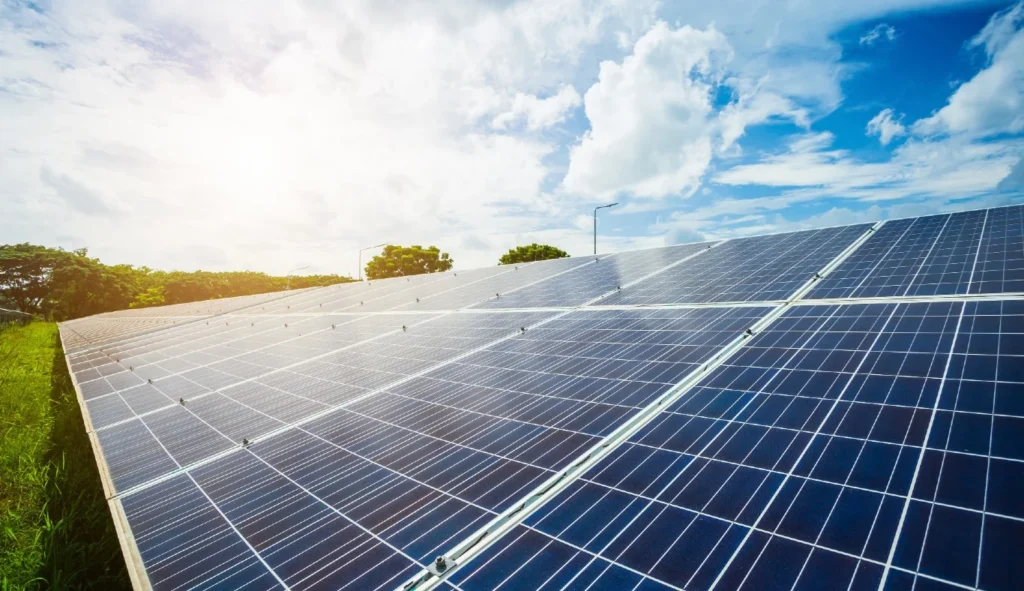
One of the central challenges in this transition is the electrification of industrial processes, which have historically relied on fossil fuels. Iberdrola Italia’s new facility contributes to solving this challenge by providing a stable and clean supply of electricity that can be used to power industrial equipment, heating systems, and transportation fleets.
Through partnerships with industry stakeholders and governmental bodies, Iberdrola seeks to facilitate the broader adoption of clean electricity in the manufacturing, logistics, and infrastructure sectors. The Tarquinia plant serves as both a physical asset and a symbol of what is possible when innovation, investment, and sustainability converge.
Iberdrola’s Vision and Continued Expansion in Italy
The Tarquinia project is part of a wider plan by Iberdrola to significantly scale up its presence in Italy and other key European markets. With decades of experience in renewable energy development, the company is well positioned to contribute to Italy’s clean energy targets.
Iberdrola’s international division has already established a robust portfolio of renewable projects across multiple countries, including Spain, Portugal, the United Kingdom, the United States, Brazil, and Australia. The Italian market, with its ample solar resources and supportive regulatory environment, is a logical focus for expansion.
The Tarquinia plant follows the successful deployment of two other photovoltaic facilities by Iberdrola in Italy, underscoring the company’s long-term strategic interest in the region. Plans are also underway for future developments in wind and battery storage technologies, further enhancing the flexibility and reliability of the energy system.
In the words of Iberdrola Italia’s local leadership, the new plant is not just an energy infrastructure project but a meaningful step toward reshaping Italy’s energy landscape: “With the Tarquinia solar plant, we are reaffirming our commitment to sustainable development and to building a future powered by renewable resources. This project highlights the potential of solar energy to drive decarbonization and support communities in transition.”
Community Engagement and Economic Development
One of the distinguishing features of Iberdrola’s approach to renewable development is its emphasis on community engagement. From the earliest stages of project planning, Iberdrola Italia has worked closely with local authorities, landowners, and citizens to ensure that the Tarquinia project aligns with the community’s values and needs.
Incorporating local perspectives not only enhances public trust but also contributes to smoother implementation and long-term acceptance. The olive grove initiative is a prime example of this inclusive philosophy, as it reflects cultural traditions and agricultural practices unique to the region.
Additionally, the construction and operation of the plant have generated local employment opportunities, both directly through engineering and maintenance roles, and indirectly through service and supply chains. Iberdrola has made efforts to prioritize local contractors and suppliers, reinforcing its commitment to regional economic development.






